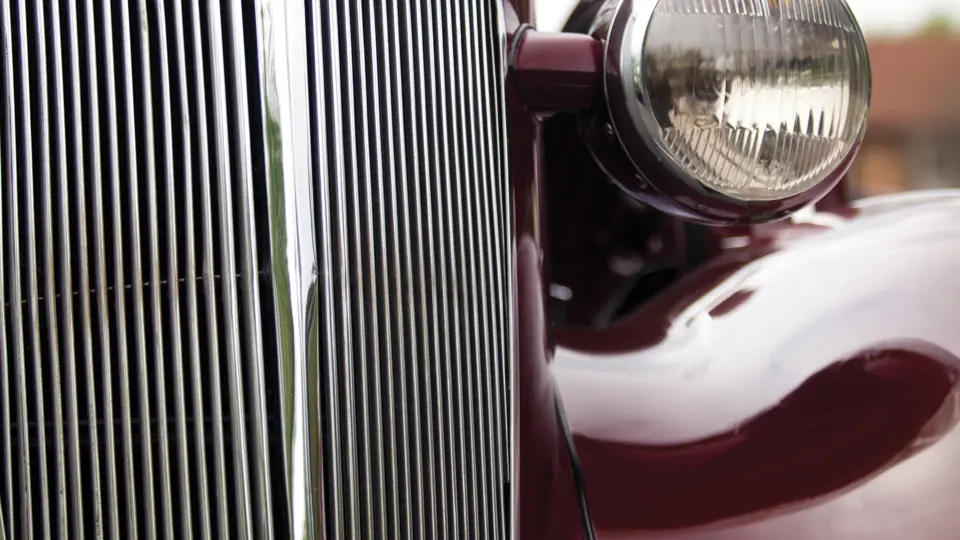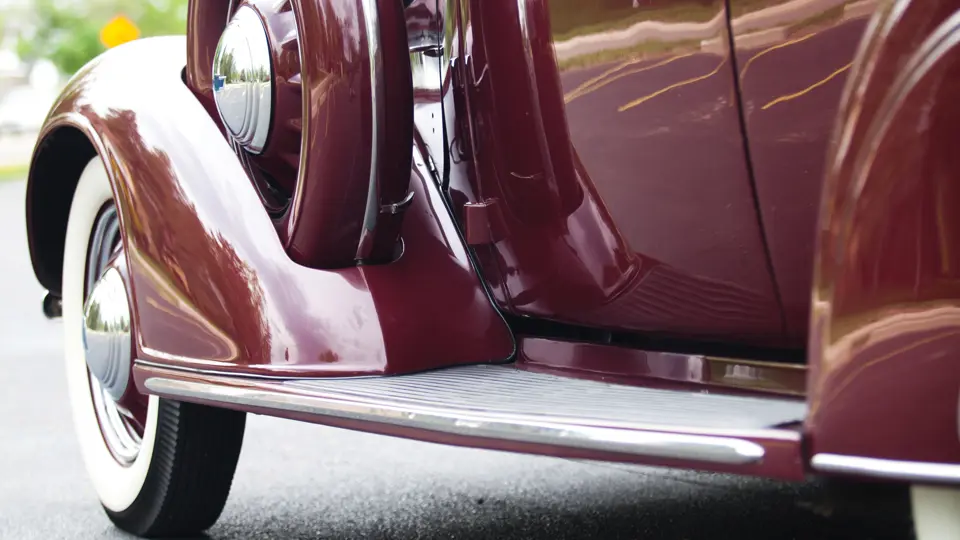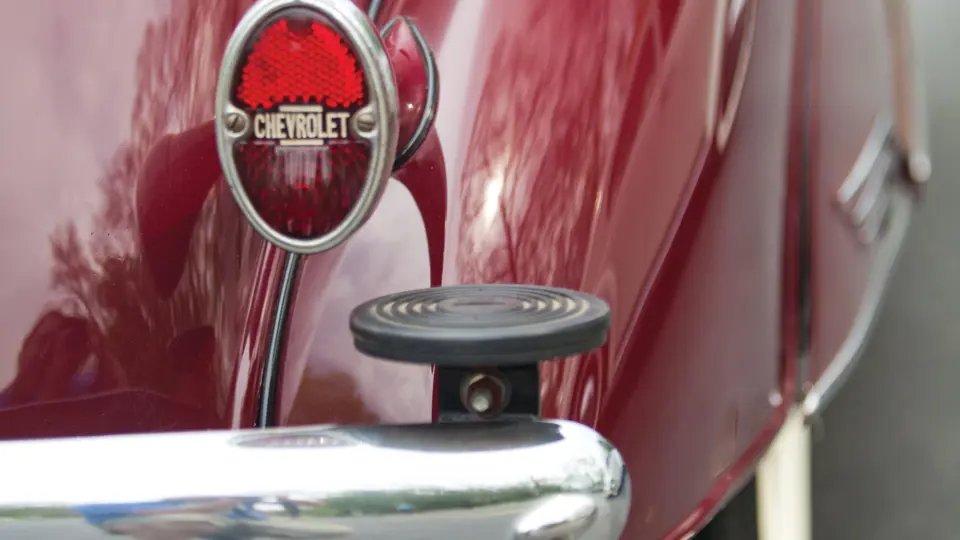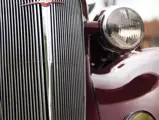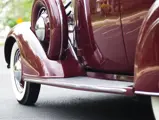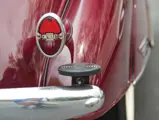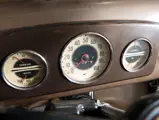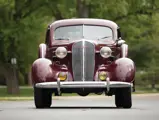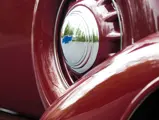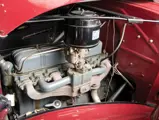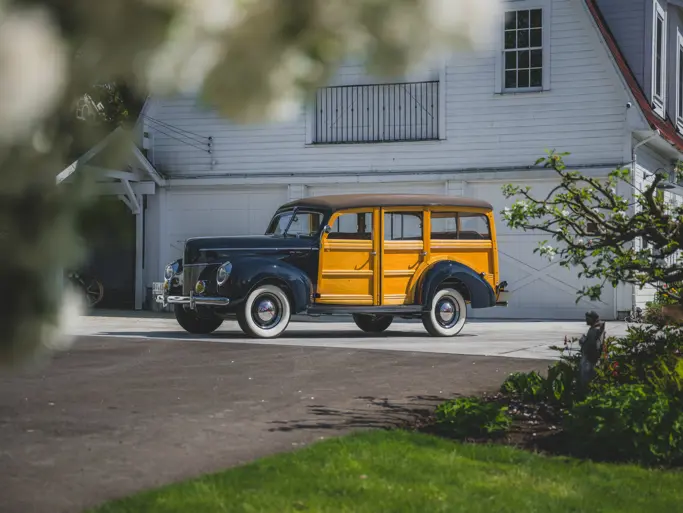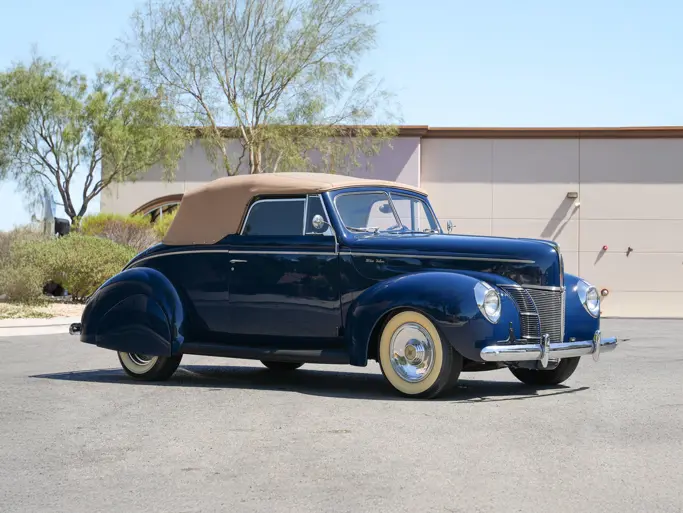79 bhp, 206.8 cu. in. OHV inline six-cylinder engine, three-speed manual transmission, solid front axle with semi-elliptic leaf springs, semi-floating rear axle with semi-elliptic leaf springs, and four-wheel hydraulic drum brakes. Wheelbase: 113 in.
Chevrolet built over 200,000 more automobiles in 1936 than its top competitor, Ford, on the strength of continued innovation in engineering and design. This year, all Chevrolets sported the all-steel “Turret Top” bodies that General Motors had pioneered, and the cars adopted fully streamlined styling in the late 1930s vogue. Top-of-the-line Master Deluxe models were set apart by their fuller, rounded radiator shells, a new hood ornament, and front doors hinged at the firewall. Chevrolets for 1936 also featured, for the first time, hydraulic brakes, a great improvement over earlier mechanical styles, and a 14-gallon fuel tank, which allowed for an increased driving range, for the long-distance trips that were beginning to become popular as Americans discovered their country.
The sales figures that the Bow Tie achieved in 1936 allowed the division to reclaim the number one position in U.S. automobile sales for the year. As such, the 1936 Chevrolet has acquired a special place in the hearts of collectors, and it still remains a desirable acquisition. Oddly, despite the fact that more Chevrolets than Fords were built this year, it seems that fewer Chevys have survived, and as a result, they are seldom seen at shows.
The Sport Coupe offered here, from the collection of Richard and Linda Kughn, appears to be a cosmetically restored, well-kept original. It is a top-of-the-line Master Deluxe that is absolutely loaded with accessories, including rear fender skirts, covered dual side-mounted spares, a single cowl lamp, dual yellow-lensed driving lights, a radio, steel artillery-style wheels with chrome hubcaps, and wide whitewall tires, as well as the rumble seat, which added the “Sport” to Sport Coupe.
The car has the appearance of having been enjoyed and driven regularly, and it would certainly be ideal for such purposes with its new owner, in whose care it would be very popular at local cruises. This is exactly the kind of automobile that would have been seen on the roads of America during World War II, helping its owner do their duty, and it remains an evocative symbol of a period of endurance, hope, and beautiful design.

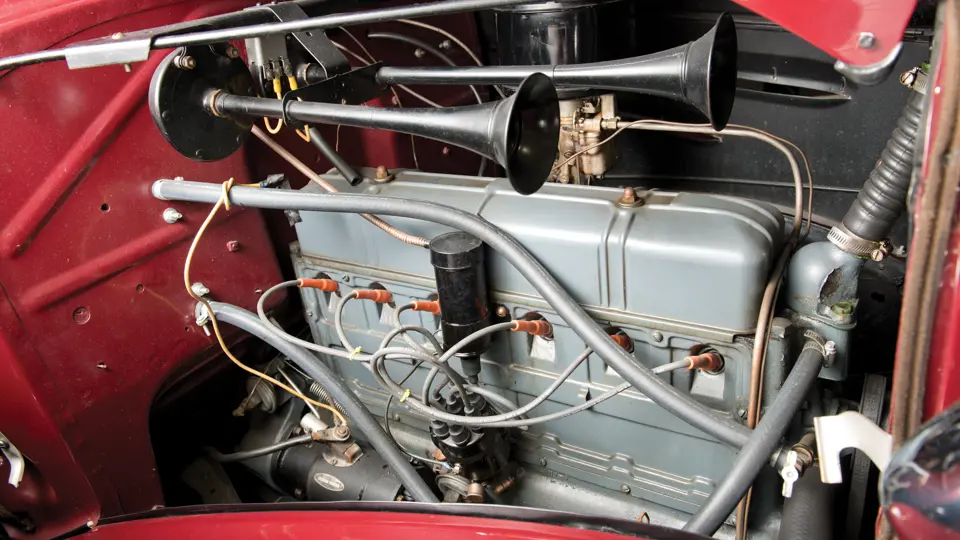


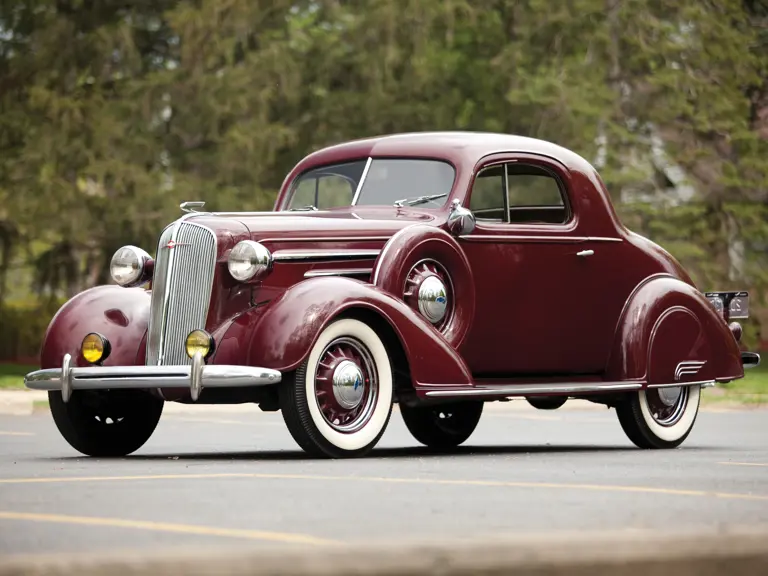
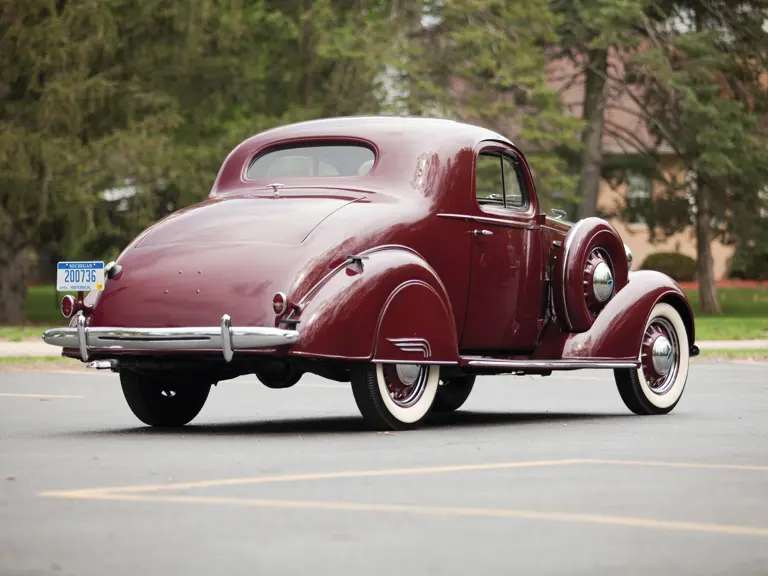
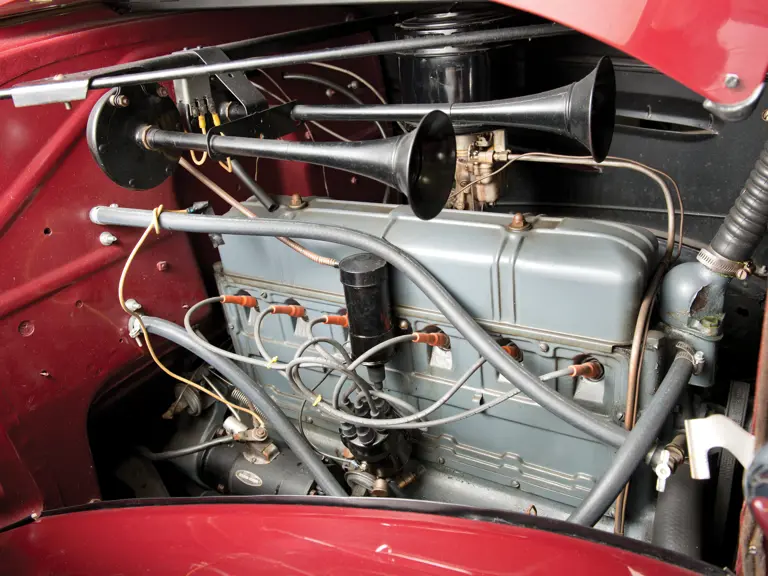

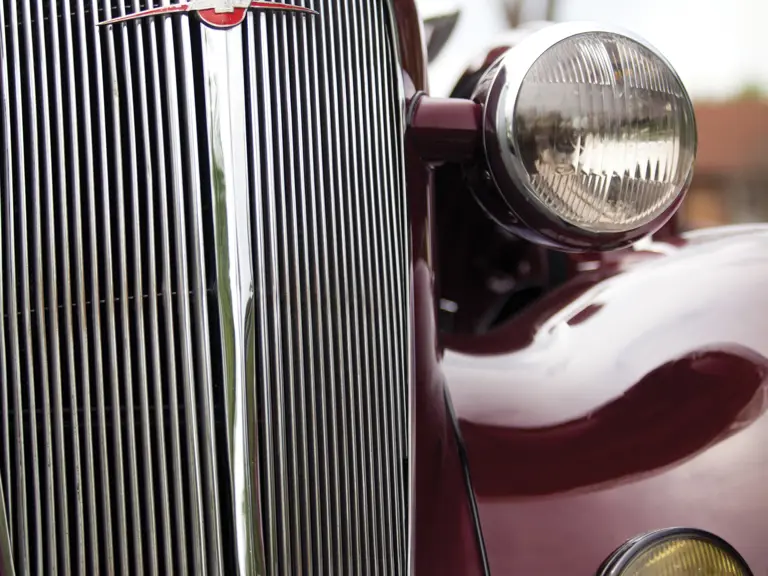
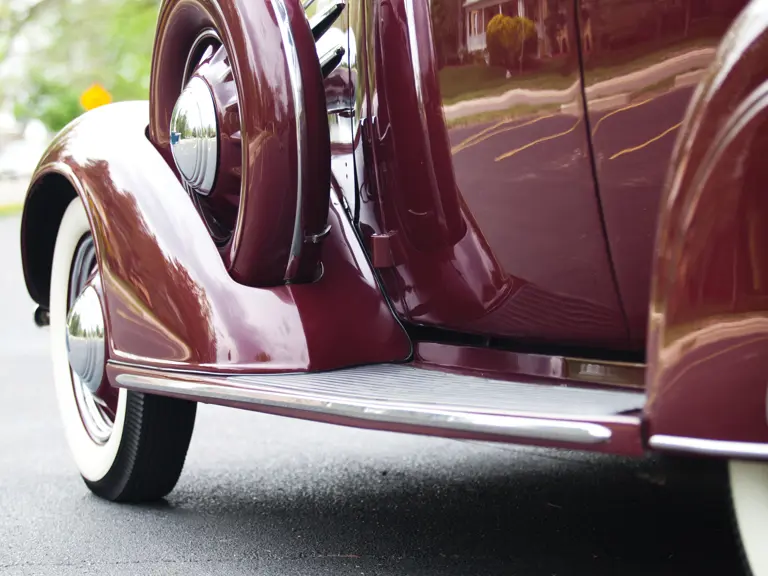
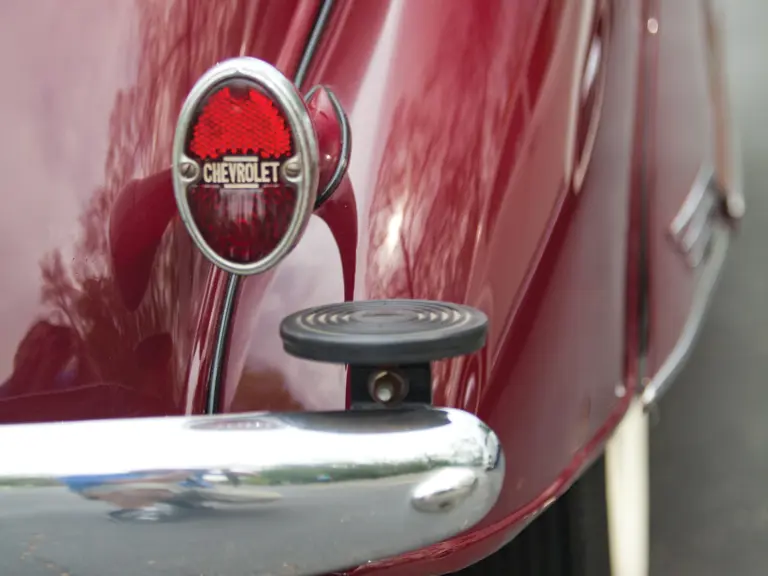
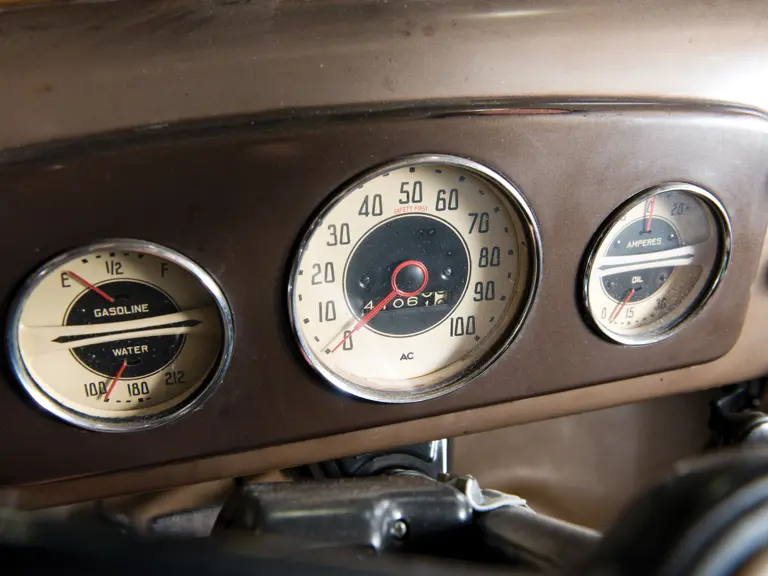
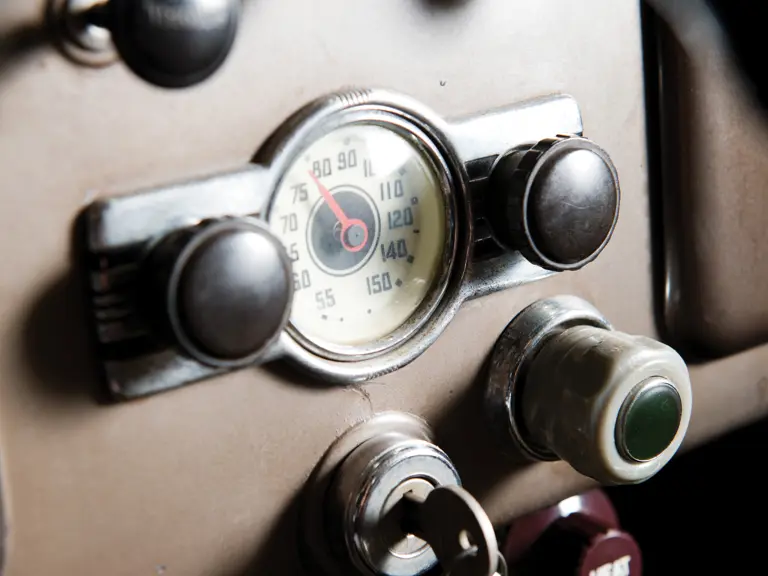
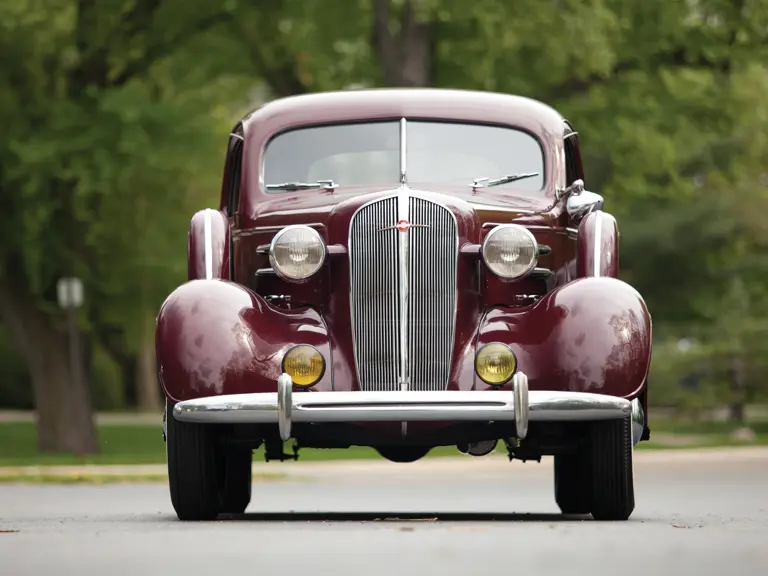
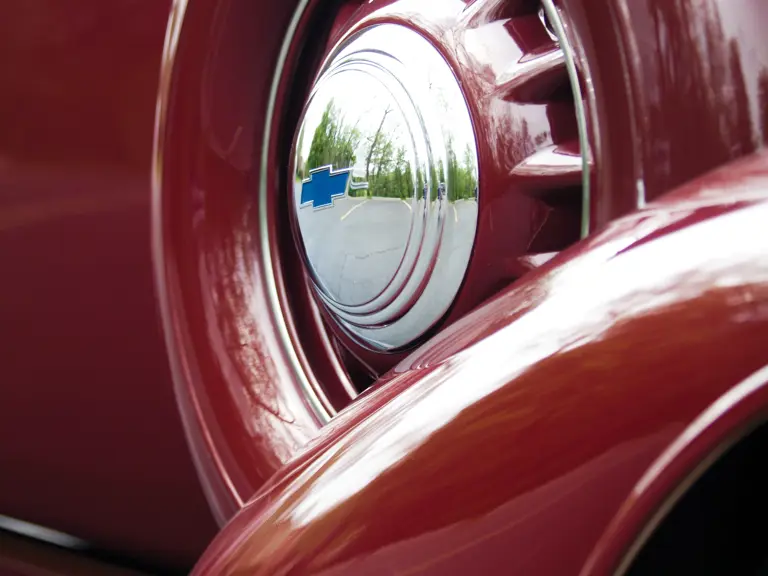
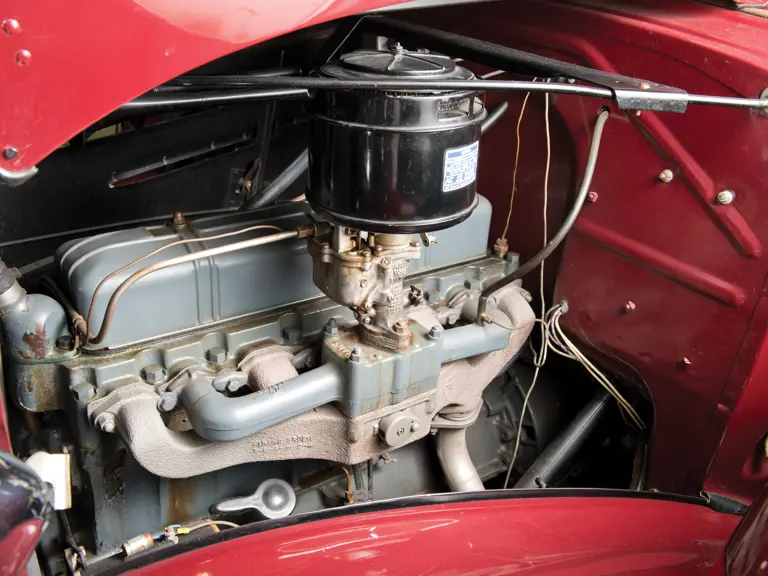
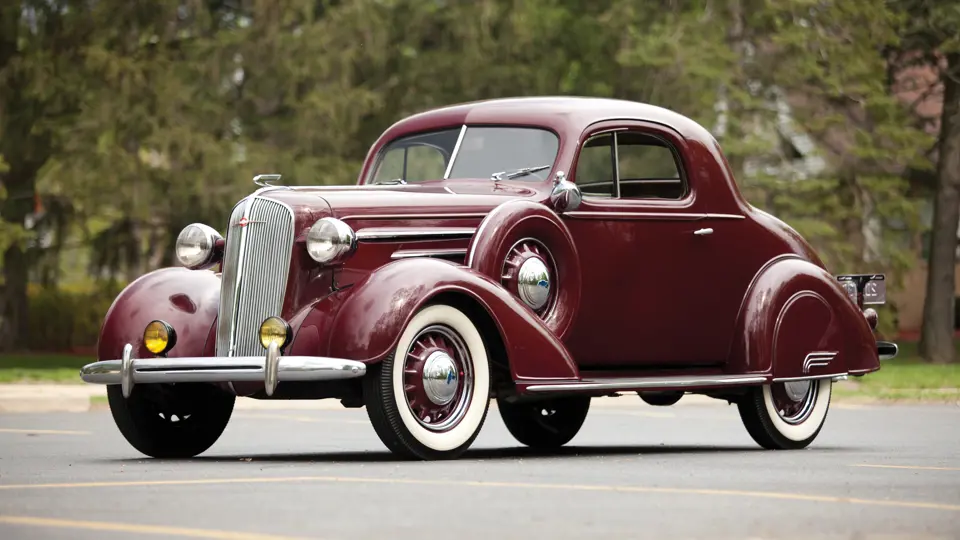
 | Plymouth, Michigan
| Plymouth, Michigan
